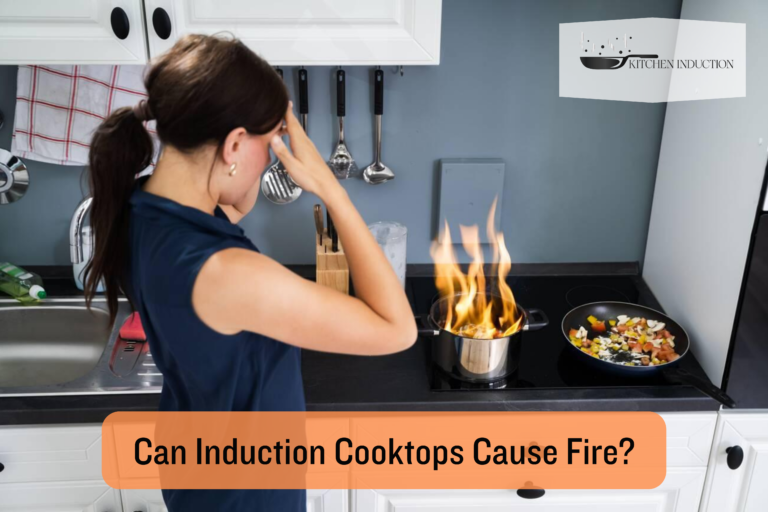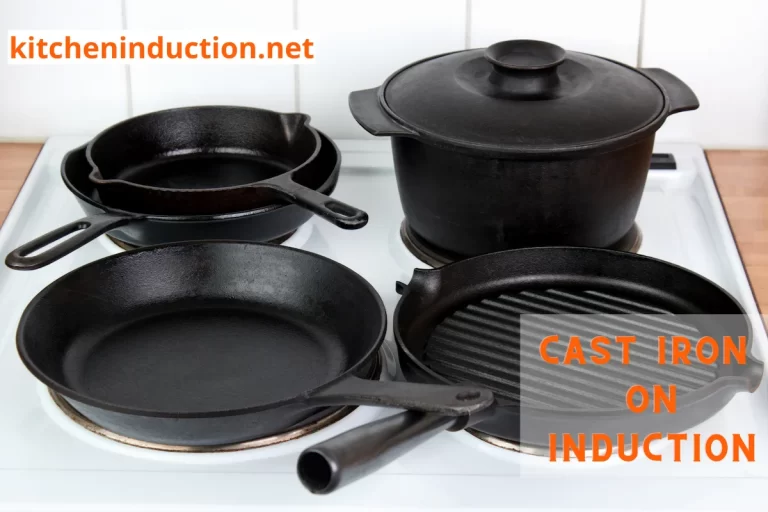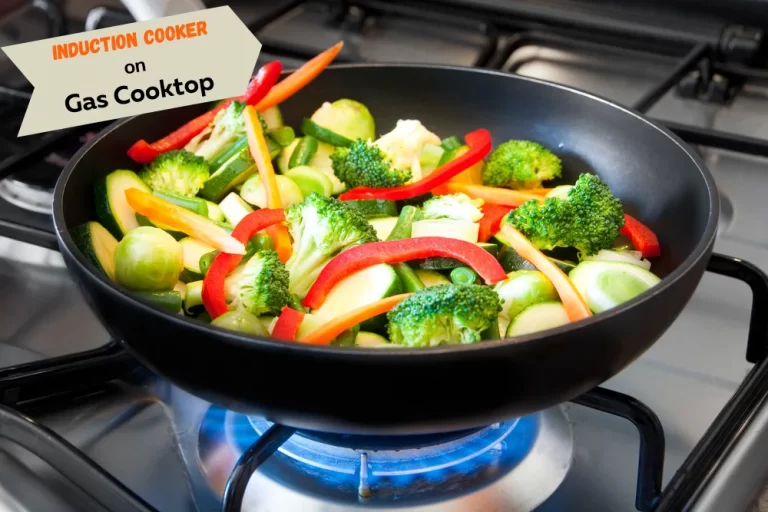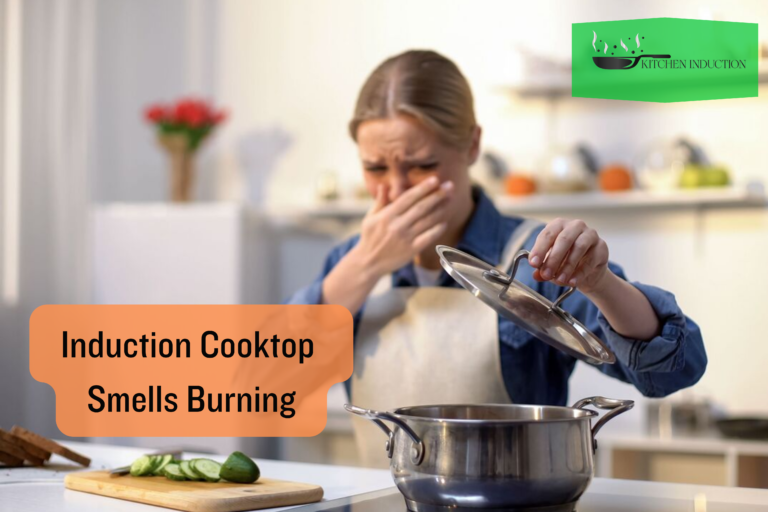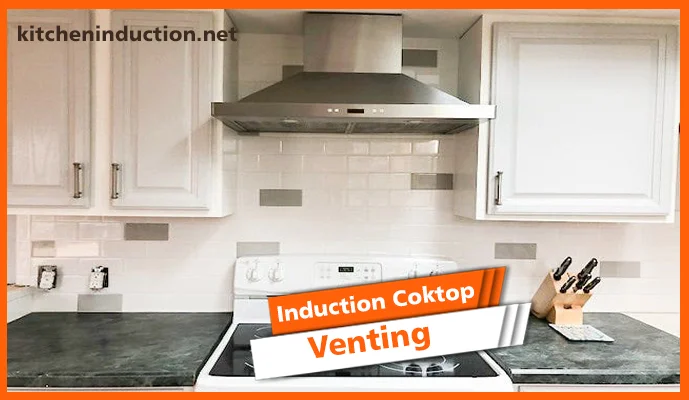Do Induction Cooktops Get Hot- How Does Induction Work
The induction cooktops are the modern way to cook food and are totally different from electric and gas stoves. Induction cooking is compatible with modern lifestyle cuisines and offers you more advantages with less maintenance and high energy efficiency. These cooktops are not only energy-efficient but also safe to use, which makes them the perfect choice for the modern kitchen.
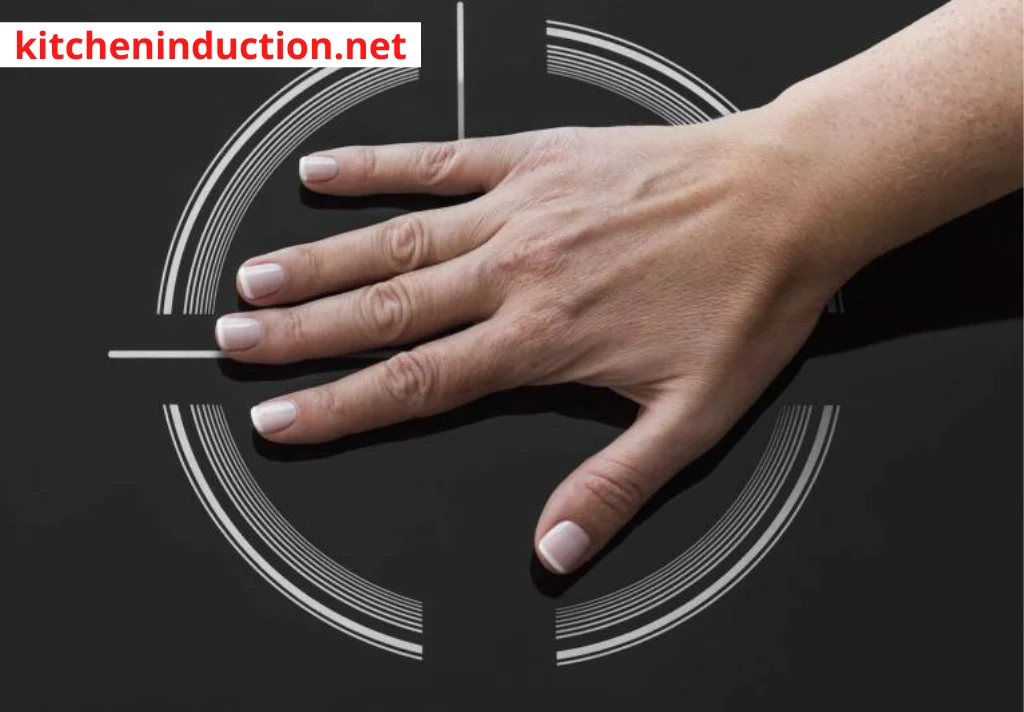
People, who use conventional stoves are curious to know that do induction cooktops get hot? Unlike other stoves like gas and electric, these cooktops work by converting the electricity into a magnetic field that is utilized for cooking. In this process, the surface of the cookware remains cool.
In case if you mistakenly touch its surface, there is nothing to worry about because the surface isn’t hot. However, you need to be careful with some other things while using the induction cooktops. Those things will be described later in this article.
Contents
Do Induction Cooktops Get Hot?
One of the reasons for the induction stove’s popularity is the cooking surface will not get hot. It means the cooktop is safe for you and your family, safe from burns. Moreover, the cleaning process is easy as the spills don’t burn and harden on their surface. However, the cooktop will not remain hot after usage; it cools down quickly.
The induction cooktop gets heat only where it is kept. It means you are safe if you touch the cooking surface mistakenly because it will not burn you. However, you need to be cautious about cookware because it will heat up the whole cookware, and don’t touch it. If we compare gas cooktop with induction, no doubt, induction is more safe option.
Also, we want to clear that there will be some residual heat from the cookware that will be dissipated quickly. Whenever you heat something on the induction cooktop, the residual heat remains there that usually disappears quickly.
For more clarification, you might see an advertisement where the induction pan or pot has been cut off in half. While the water is boiled on one side of the induction pan, the other side remains cool even the ice doesn’t melt. It means the other will much less burn a person who touches it mistakenly.
How do Induction Cooktops work?
You will probably be amazed how the heat is produced without fire. It’s not the magic; it’s the science behind it. The cookware which is used for cooking produces the heat directly. The induction stove doesn’t generate the heat directly but induces it in the cookware.
Using the induction cooktop means the intermediate step of heating a burner is cut down, which is used to transfer the heat to the pot. Moreover, the cookware doesn’t get the heat if the cookware is not placed on it. The heat is generated when you will place an induction-friendly cooktop on the induction stove’s surface.
The Alternative Current is transferred in the induction coil, which induces the eddy current to the cookware, which is touching the surface of the cooktop. Then the cookware produces the heat, which is utilized for cooking the food.
The lack of direct heat transfer makes the induction cooktop safer. If you place the paper in between the cookware and the cooktop’s surface, the paper will not catch fire. Furthermore, as you will remove the cookware, the heating process will stop. The surface will not get as hot as in the case of traditional cooktops.
Only the area below the cookware gets the heat, and the remaining part of the cooktop remains cool. Due to this unique characteristic, the spills will not burn, which makes it easy to clean the cooktop.
What type of Cookware is Compatible with Induction?
To heat up the cookware through induction, the cookware should be magnetically conductive, or the material should be ferromagnetic so that heat can be induced easily by the induction. Such materials are also called induction-compatible materials. The most common method to check the compatibility for induction is using a magnet.
If it sticks to the base of the magnet, it means the cookware is compatible with induction. Usually, the induction materials include stainless steel, iron, enamel cast iron, and steel, etc.
However, some materials like aluminum and copper are also used, which are fully clad by the stainless steel layer. The steel layer makes it compatible with induction, and the aluminum or copper layer works to distribute the heat uniformly.
Science behind the Heat in Induction:
The term electromagnetic induction is also used for induction. Usually, it works on the principle of generating heat energy through magnetism by placing a coil of wire into the cookware. However, novice users still think that Do Induction Cooktops Get Hot?
If you rub both of your hands, it will generate heat due to your hands’ friction. The faster you rub, the more heat is generated. A similar principle works for induction stoves instead of the friction between the hands.
If we talk about electric or gas cooktops, it is required to turn on the heat source while in induction cooking, the heat is generated by the cookware itself. Let’s describe it briefly.
When we turn on the induction, the electromagnetic current flows through the copper coil. As we put the induction cookware on the top of the induction stove, the electromagnetic current passes through the cookware. In this process, the current pulls the pan’s electrons into formation, and they resist getting into any formation. As a result of resistance, heat is produced, which is used for cooking.
In the whole process, you might note that the heat is produced by the cookware and not by the cooktop. That’s why if the induction is switched on, it doesn’t get the heat until the compatible cookware is placed on it.
The main advantage of using induction cooktops is that there is no fear of gas leakage or extra power usage. There are sensors that turn off the induction automatically when it detects the cookware is overheated. In case if the induction is left on by mistake, it will not generate heat which is a good safety feature.
Residual Heat on the Surface:
While cooking the food, there might be some residual transient heat on the surface which dissipates quickly. There is a residual heat button on almost every induction that indicates the cooking hob is hot where the cooking will take place. The heat button switches off, which indicates the cooktop is now safe to touch.
Wrapping it up:
No doubt the induction cooktops are not only an efficient way of cooking but also safest than other traditional stoves. Since induction cooking is fairly a new technology in the market, most people don’t know how it works. As a result, people don’t know how to use it safely.
The advertisements fail to tell the whole story of induction cooking which can set up a bad situation for new users. In order to avoid negative outcomes, it is necessary to know how the conduction cooktop works and how you can use them safely.

